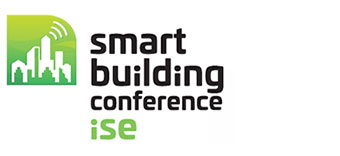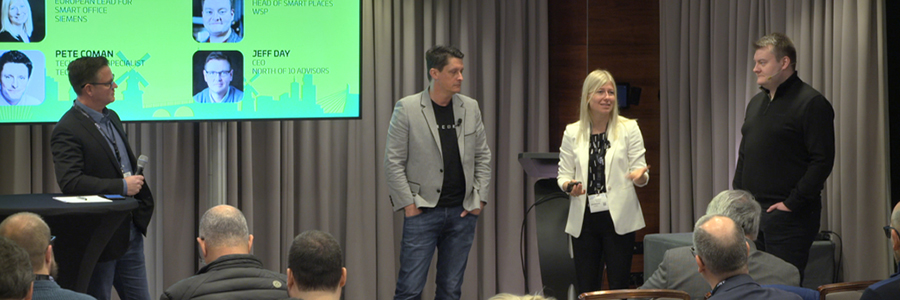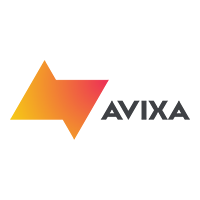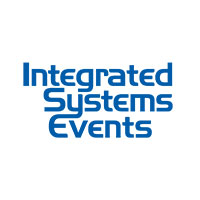SMART WORKPLACE TRACK 2020: HOW TECHNOLOGIES CAN IMPROVE WORKING AREAS
A new addition to the ISE conference programme, the Smart Workplace Track looked specifically at how technologies can improve working areas and staff efficiency and well-being. In the opening panel, The Future is a Smart(er) Workplace, Elisa Rönkä, European Lead for Smart Office at Siemens, observed that “everyone in the office wants to be treated as an individual”. Explaining that apps were a way of personalising systems and experiences, she said it was possible to bring value to everyone.
During How and Why IoT Sensors Improve Collaboration and Wellness in Meetings, Christopher Parker, Senior Product Manager (Europe) at Sharp Visual Solutions, raised the worrying statistic that staff spend at least 17 hours a week in meetings. Outlining that a person’s effectiveness at work can be affected by temperature, air quality and lighting, Parker concluded choice and control should be available options.
Meetings appear to be changing, as Lieven Bertier, Segment Marketing Director at Barco, showed in his presentation Move Over BYOD – Here Comes BYOM. According to surveys, meeting times are shortening and people are preferring to get together in more informal spaces such as huddle areas than designated conference rooms. Lieven commented that this is pushing things on beyond people bringing their own devices (BYOD) to bringing their own style of meeting (BYOM). Barco has identified this emerging market with its ClickShare wireless presentation system, which can integrate with people’s preferred conferencing platform and AV devices.
TJ Varghese, Group Product Manager with Google, identified lack of organisation, bad audio connections and poor video quality as reasons why meetings can be ineffective. This, he said, made the case for a video-first approach, which Google has been developing for more than ten years. This is now realised in G Suite, which combines Gmail, Chat, Meet, Voice and the creative collaboration tool Jamboard.
Two companies concentrating on audio for the workplace sector are Poly and Bose International. Paul Clark, Senior Vice President at video conferencing and voice specialist Poly, highlighted how disruptive noise can be in the workplace, with 50% of employees saying that ambient sounds reduce their work satisfaction. To block or reduce noise, Poly produces a range of technologies, including Immersive Transmit & Receive, Active Noise Cancelling Acoustic Fence, and NoiseBlock.
Similarly, Bose has developed its 700-model noise cancelling headphones for both in and out of the office. Martin Bodley, Director of Emerging Business at Bose Corporation, detailed his company’s new technologies including the EdgeMax EM90 in-ceiling loudspeaker, ES1 ceiling-mounted conference speaker (developed with Sennheiser) and Videobar VB1 conferencing device. (Bodley also talked about Audio as the Experiential Tool at the Hospitality Tech Summit.)
In her keynote What Smart Workplace Decision Makers Want, Deborah Hawkins, Associate Director of industry analysis company Keypoint Intelligence, commented that an investment in smart workplace technology was an investment in the whole office. “Smart tech is meant to streamline tasks and processes along with creating efficiencies,” she said. “It can also apply to all facets of the working environment, both figuratively and literally. From the buyer’s perspective, smart tech is not an ‘if’ or ‘when’, it is a ‘now’.”
Smart Workplace Track took place on 1s February 2020 at the Hotel Okura Amsterdam. Please find the image gallery here. See you next year at Integrated Systems Europe 2021!






